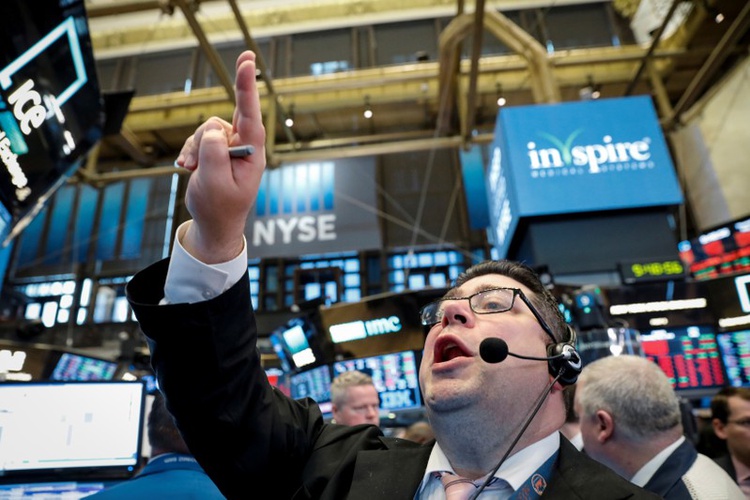
This article is more than
7 year old
Here's what you need to know.
Businesses added 164,000 jobs. This reflects moderate, but not blowout, growth. Economists were expecting 190,000. Job growth in March was also disappointing. (When the figures for March were initially released, they showed a disappointing 103,000 additions; they were since revised to a better-but-not-great 135,000.)
Wages grew 2.6%. Sluggish wage growth has been a persistent feature of the current recovery, with growth unable to break the 3 percent barrier. Some economists say that's because businesses are choosing to hire less educated or otherwise less "desirable" workers rather than offer more pay. (Some businesses, for instance, are dropping drug-testing requirements.)
"There's what appears to be hesitancy on the part of employers to raise wages," Cathy Barrera, chief economist for ZipRecruiter, told MoneyWatch Thursday. "Instead of bidding up the wages for those people who are classically 'good' candidates, employers are looking at other types of candidates, who may not have gotten a lot of consideration at other times, knowing they won't have to make the same wage offer."
2.7 million jobs have been added since President Donald Trump took office.
The 4 percent mark is psychologically important. Many economists consider a sub-4 percent unemployment rate unsustainable over the long term. Historically, employment has dropped below 4 percent just below a slowdown or crash, as the Washington Post reported.
The African-American unemployment rate dropped to 6.6 percent. That's the lowest rate on record, and significant because black workers' unemployment is typically double that of whites. The unemployment rate for high-school dropouts rose slightly, to 5.8 percent. The rate dropped for high school graduates, college graduates and people with some college.
The unemployment rate is an imperfect measure of economic health. It only counts people as unemployed if they have looked for a job in the four weeks before the survey was conducted, leaving out people who have searched for work less recently or who have left the workforce for other reasons. The sharpness of the drop last month is due largely to people leaving the labor force. The labor participation rate—a measure of people working or searching for work—dipped slightly.
This is a developing story...